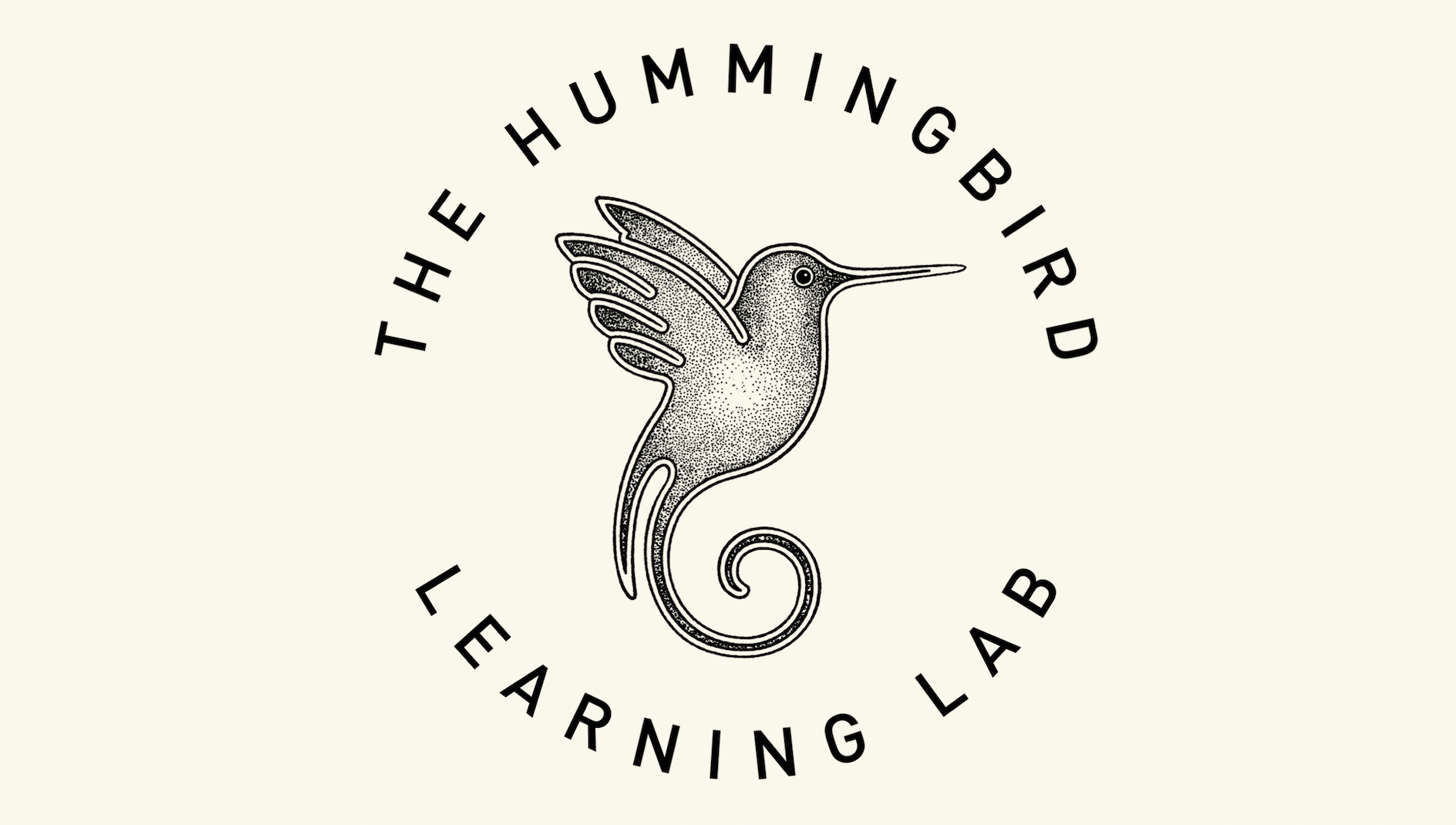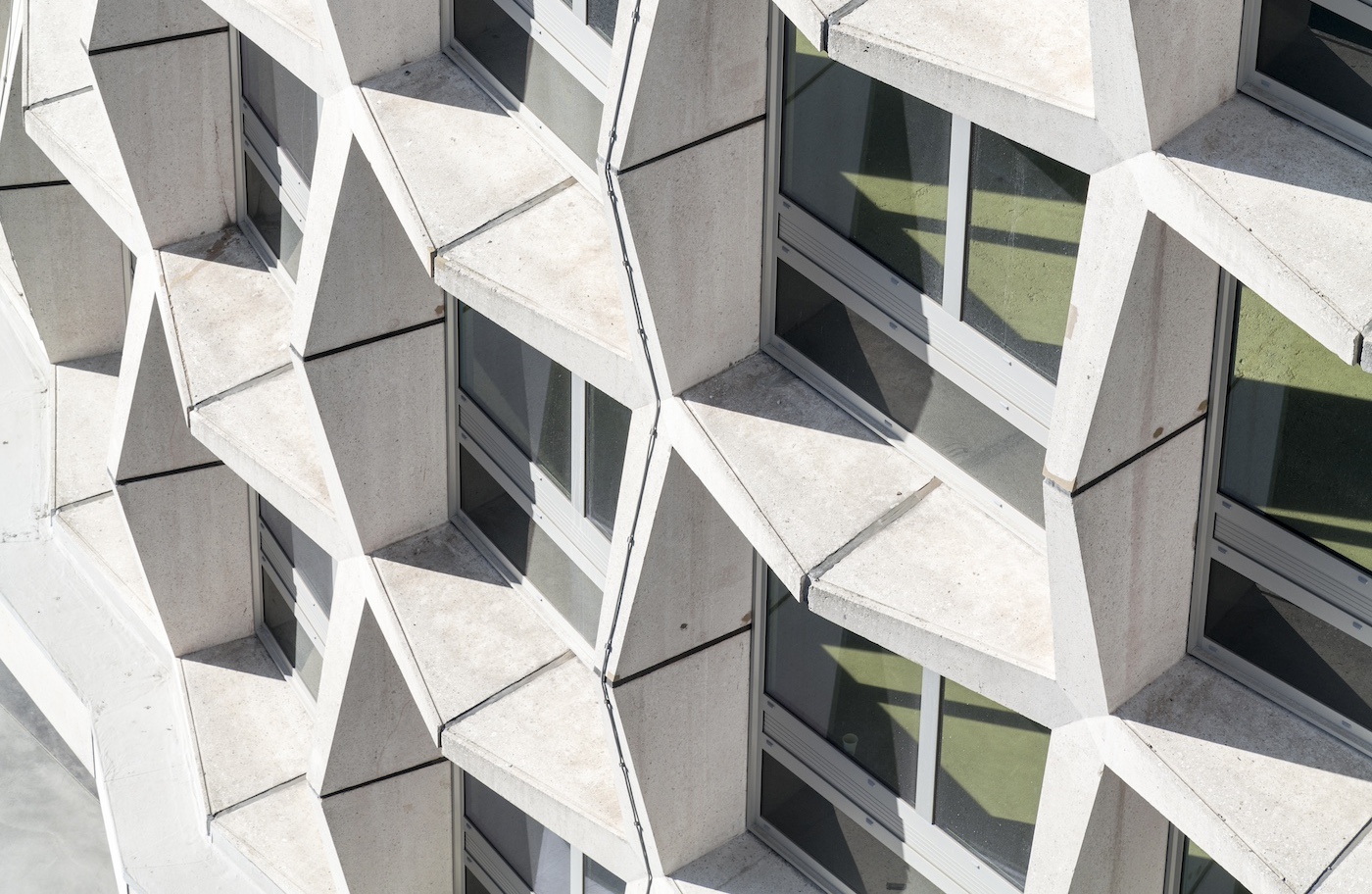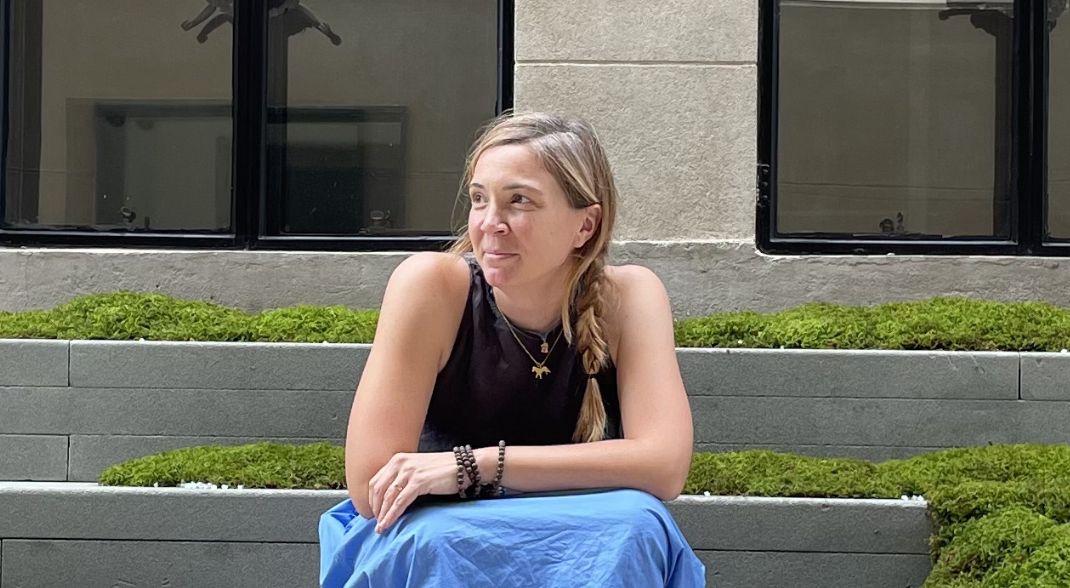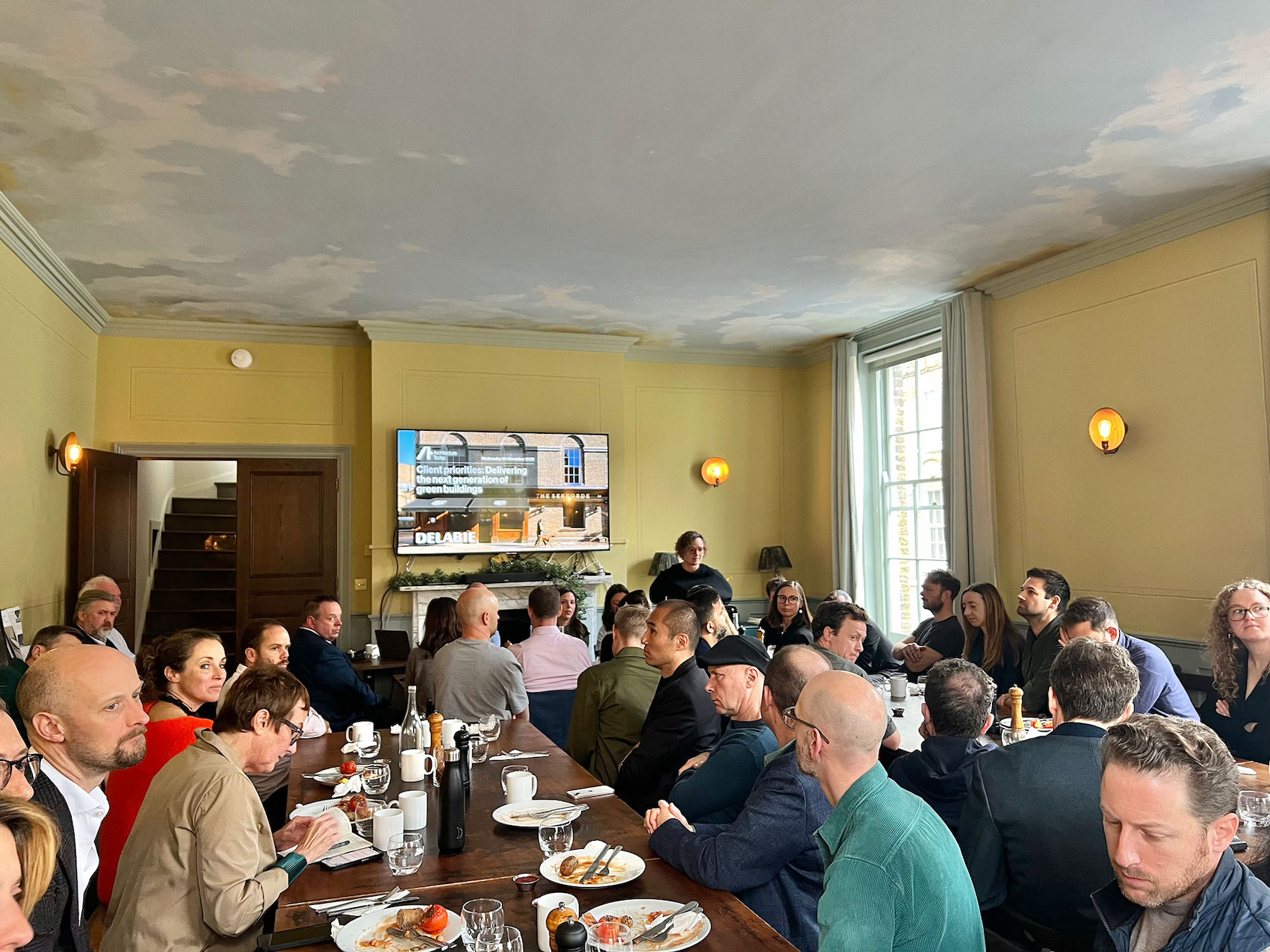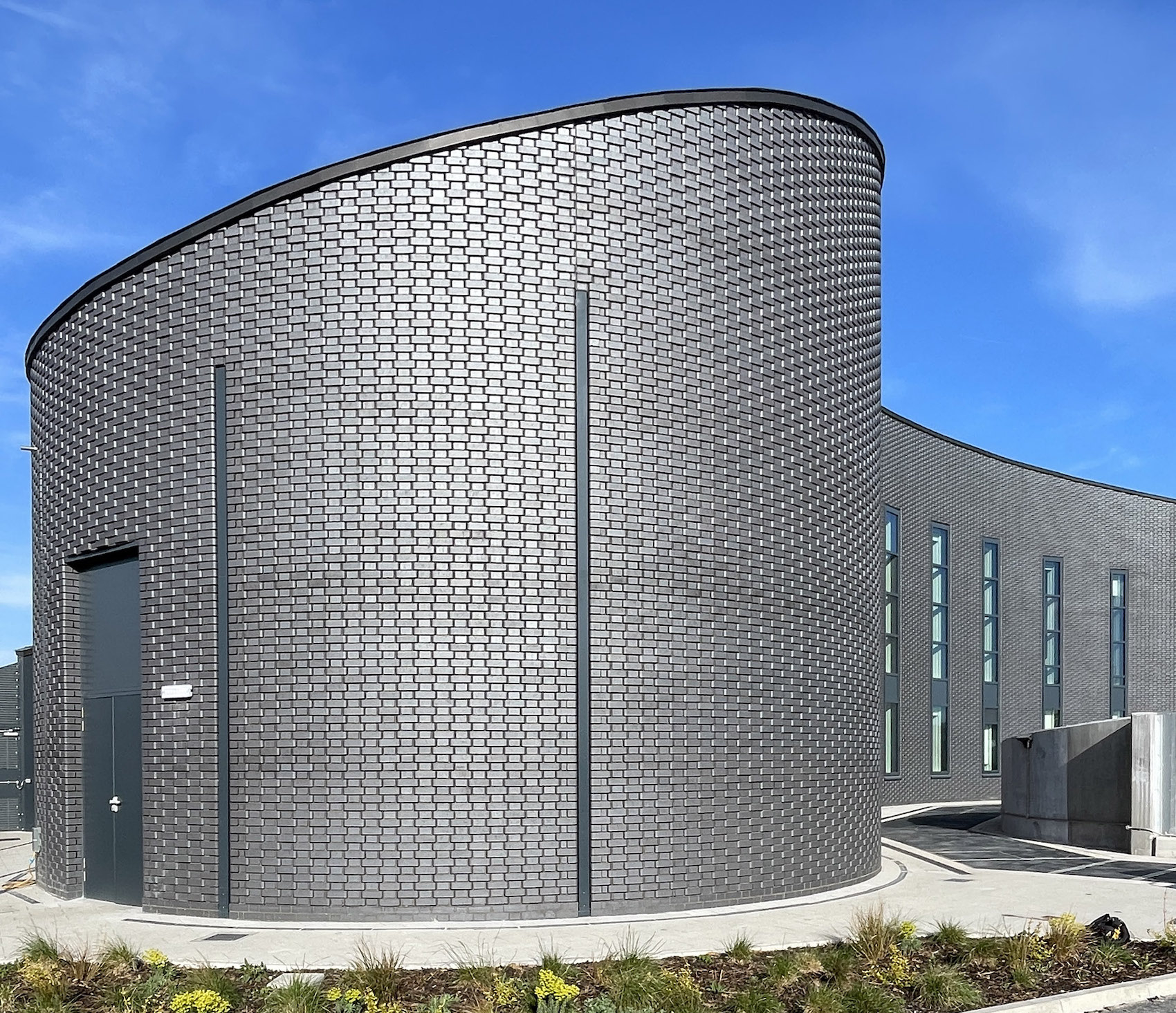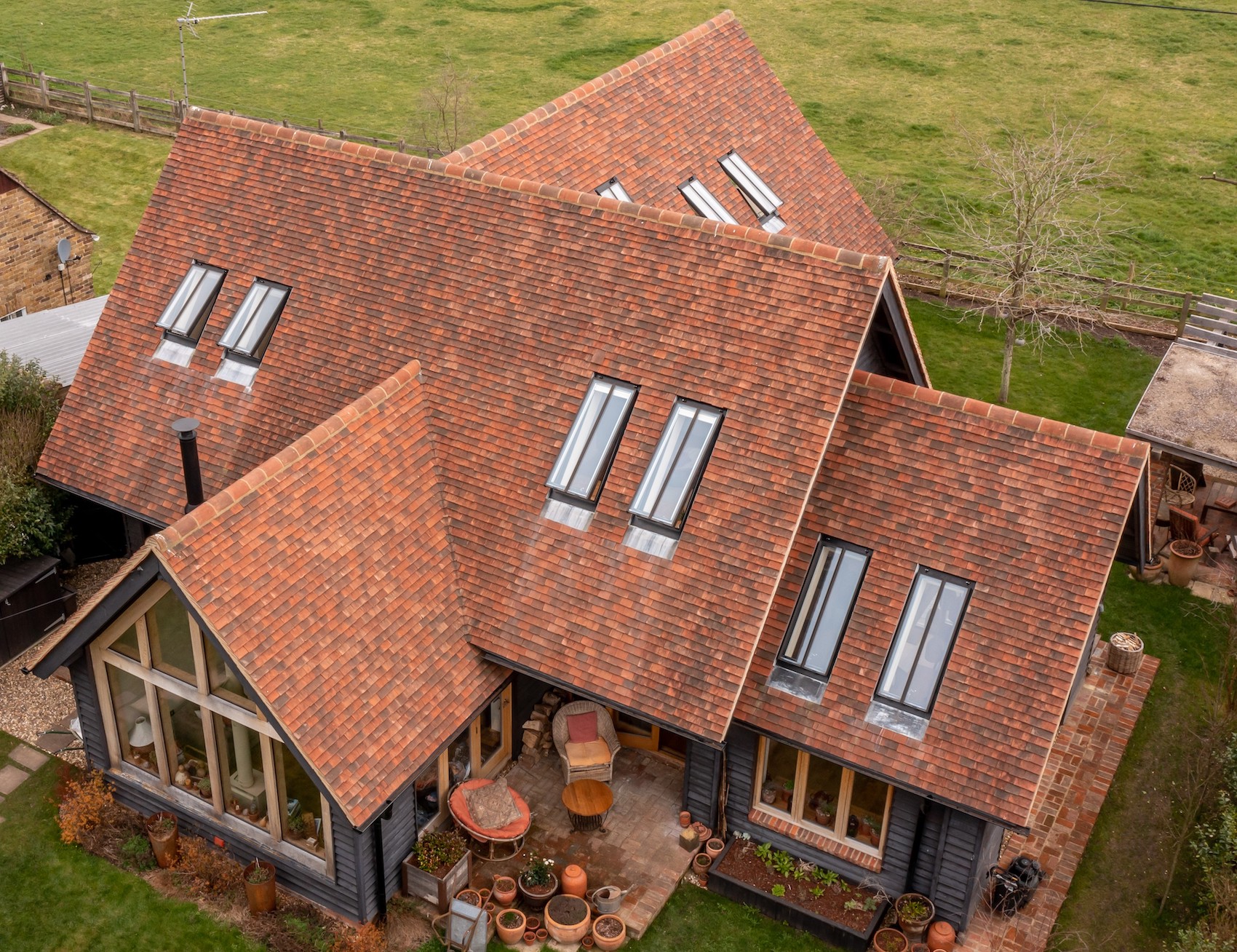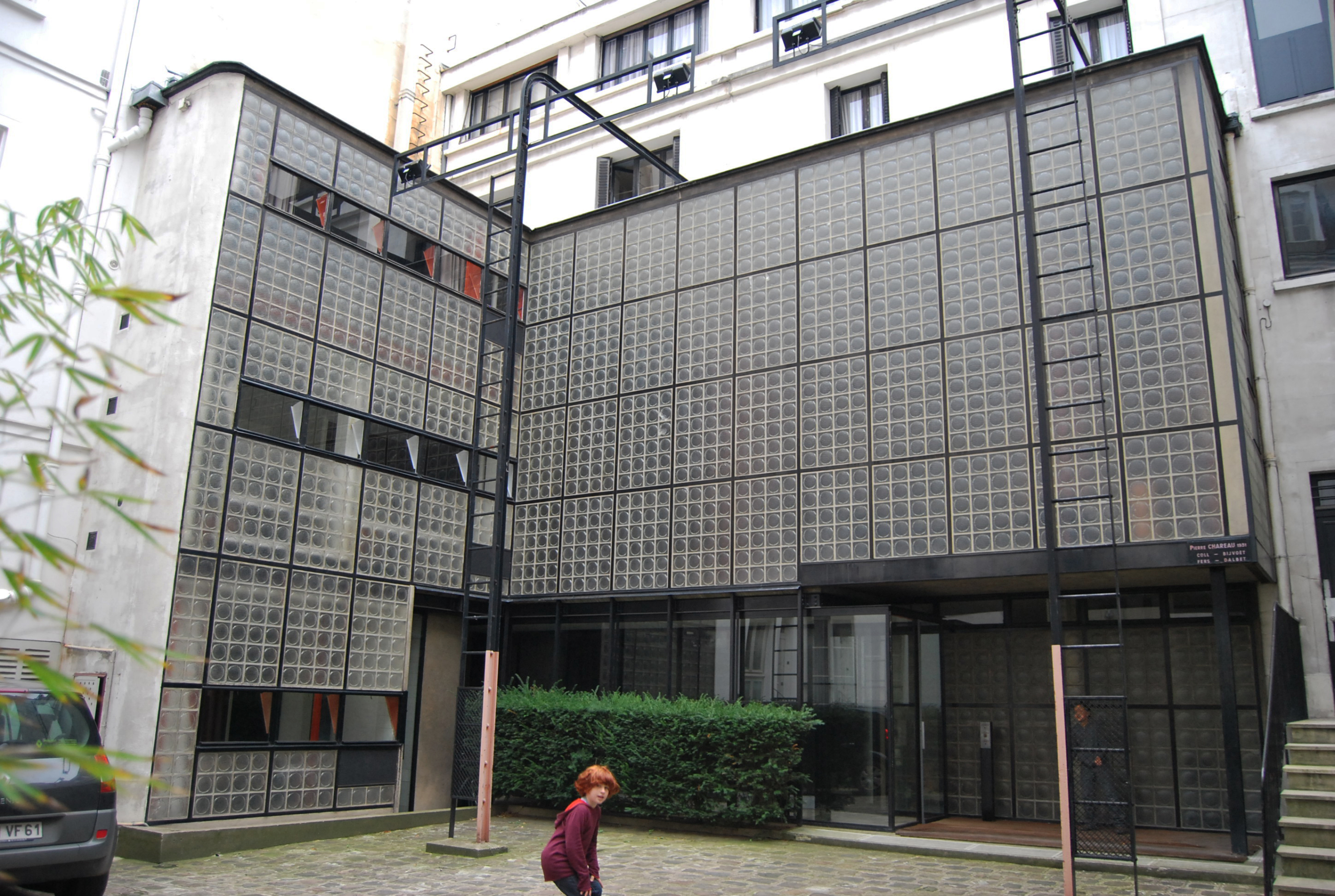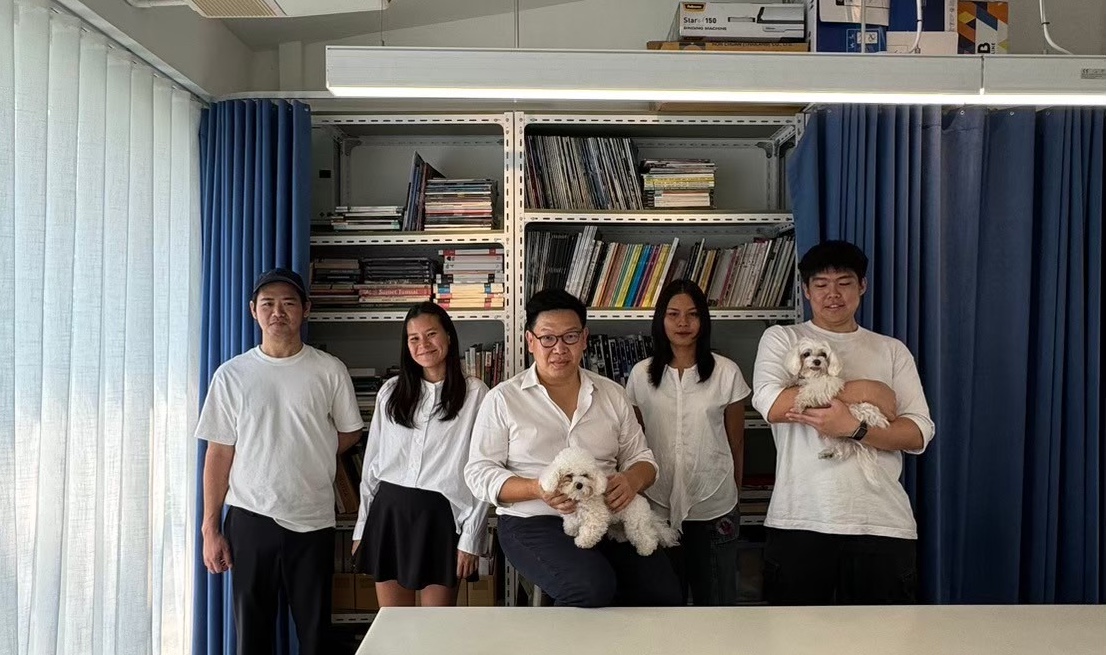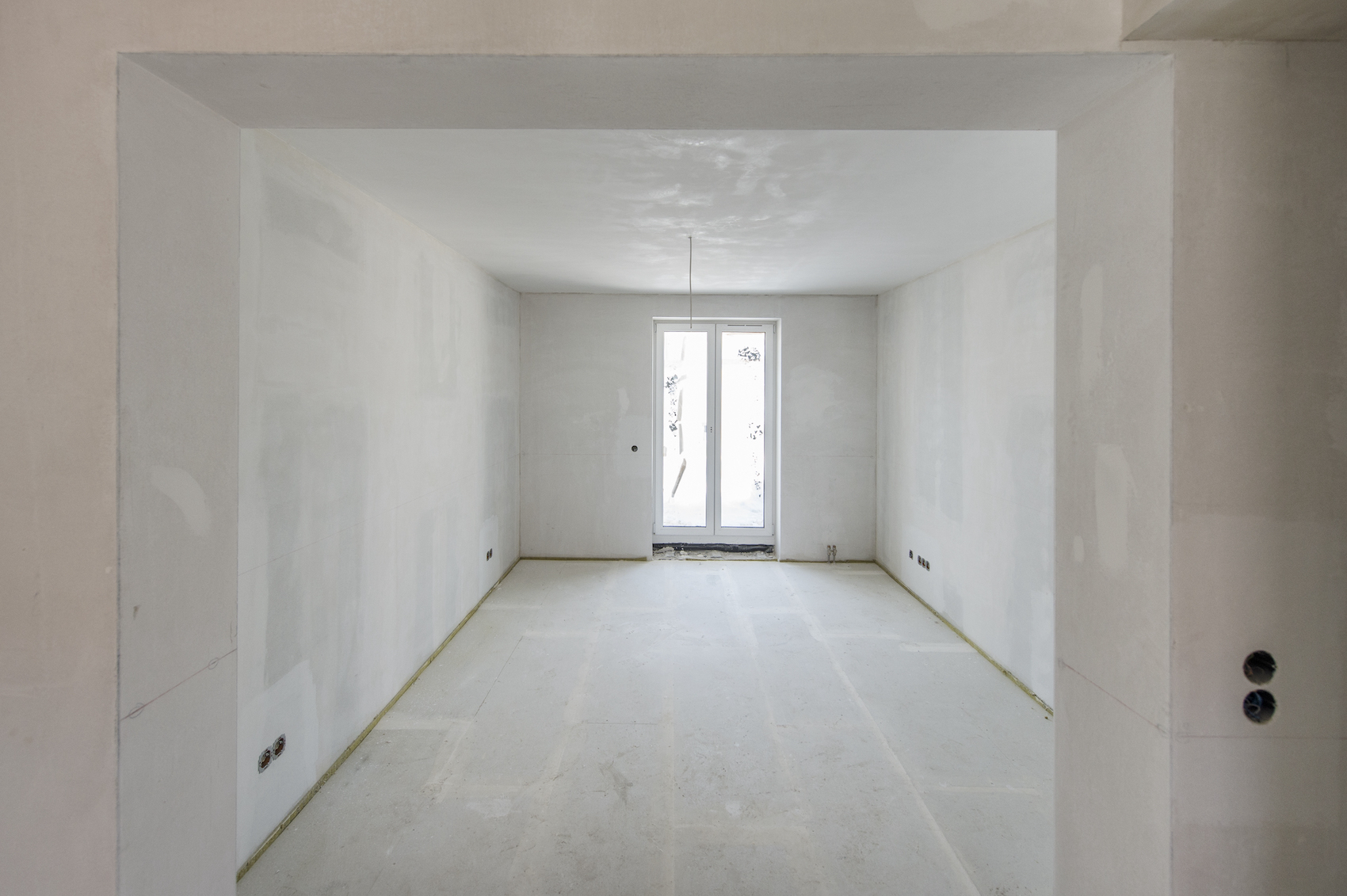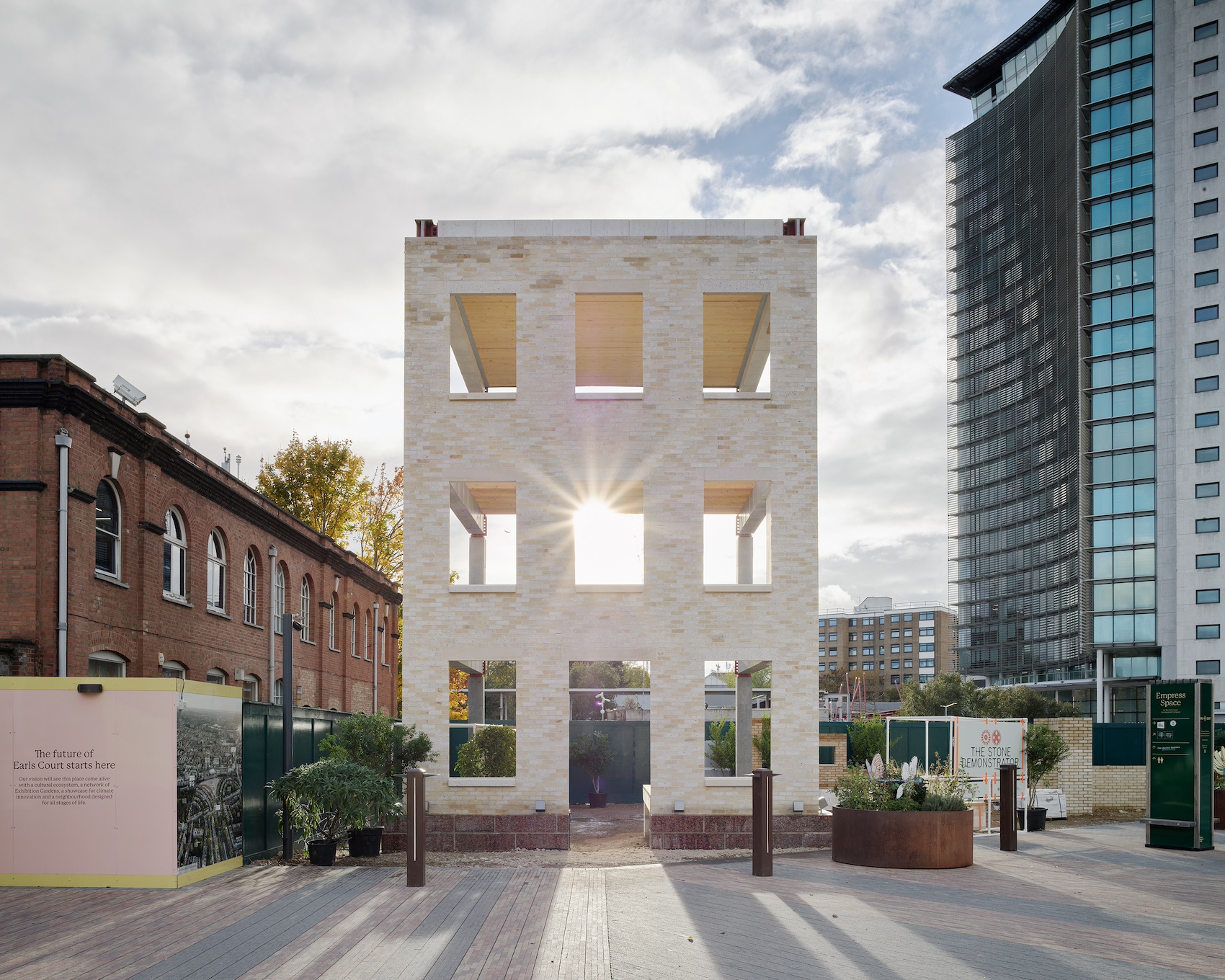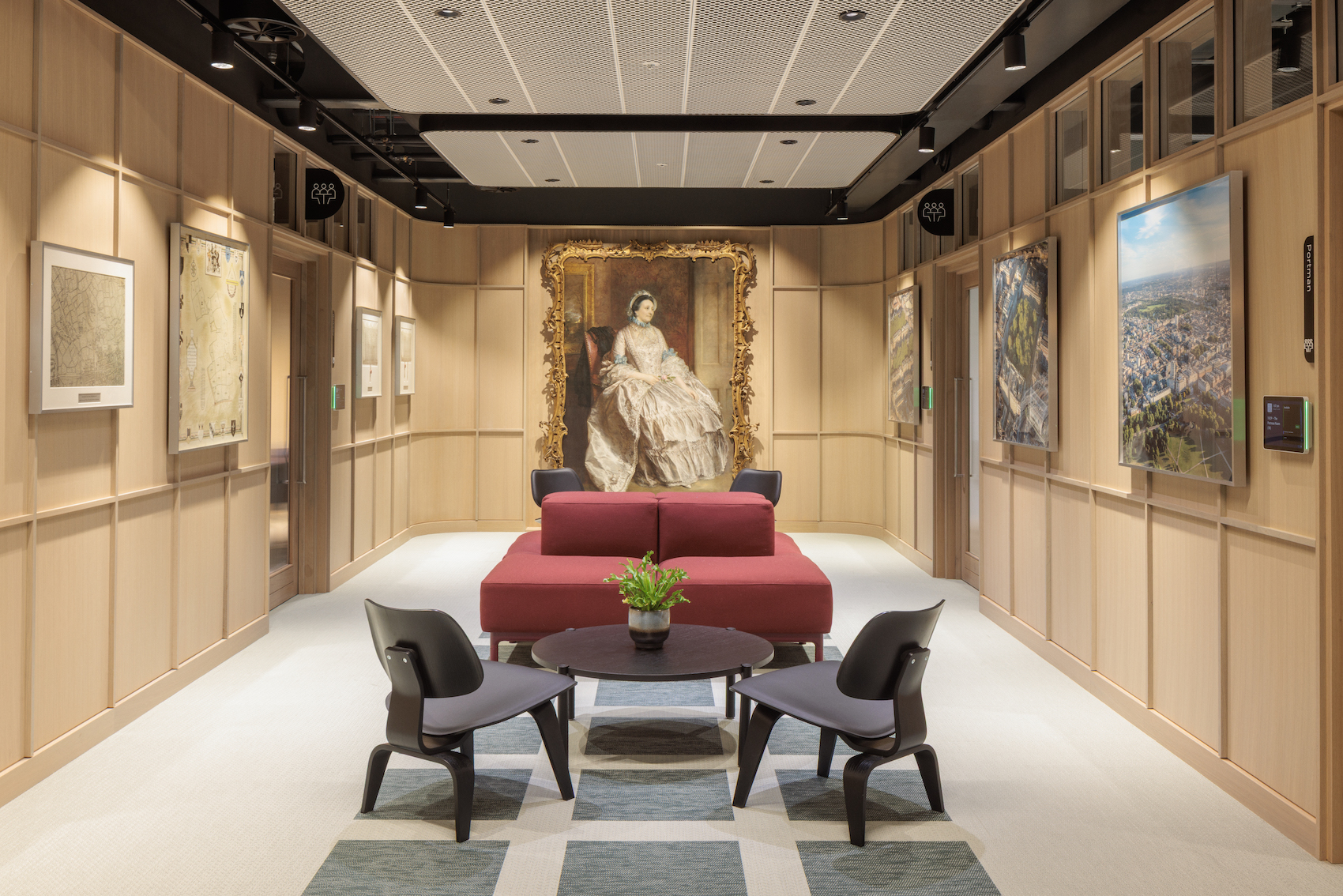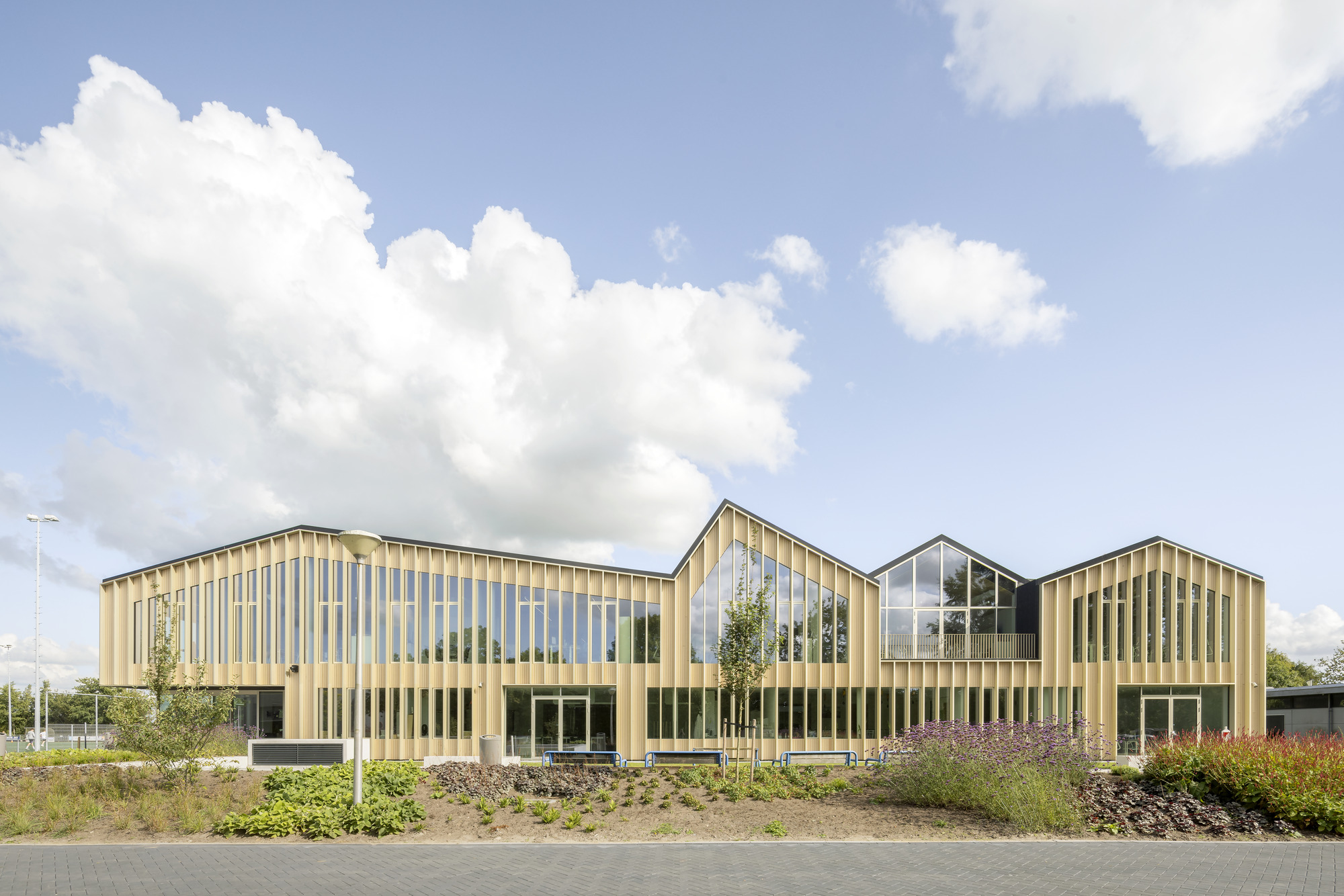AT talks to… curator of the second Sharjah Architecture Triennial and Nigerian architect, Tosin Oshinowo, about how the lessons learnt from Sharjah are being fed back into her practice in Lekki.
(Credit: Stephen Tayo)
What is The Beauty of Impermanence: An Architecture of Adaptability (the title of the 2023-24 Sharjah Architecture Triennial)? What can architects in the Global North learn from this?
The theme for the Triennial looks at the under-celebrated design and building innovations from the global south that tend to occur due to conditions of scarcity, which in turn manifests to be better in balance with the environment. This suggests that in order to build a sustainable future in our precarious present has its roots in traditions of architecture and design that have been with us for generations and continue to evolve. Across the Global South, many practitioners, craftspeople, and communities have embraced long-standing traditions that the cannon have systematically ignored. These approaches prioritise an understanding of impermanence, inventive responsiveness to limitations, and a psychology of the collective that is essential for our shared future. I want to encourage an alternative way of thinking about how we conceive, design and execute our built environment to posit gentler versions of modernity and, in effect, bring about systemic change through the examples and experiences posed by this edition.
An architecture triennial in the desert – what drew you to that idea?
I was intrigued by the opportunity to curate in Sharjah. The Emirate’s discourse for critical thinking through its many programmes supports education, the arts, culture and heritage initiatives that amplify current and past histories. The old city’s Souk district has been restored to its pre-1960s condition, celebrating the typology of buildings adapting to the extreme climate while highlighting the important relationship of pedestrians to the street, in stark contrast to the car-designed megacities of the region. Sharjah is also a pioneer in the region for preserving its modern historic buildings, ensuring that the landmarks and spaces of communal and daily practice are preserved to continue to inform innovative thinking and inspire unconventional ideas in the present day.
The Triennial was an enabling environment to explore narratives that interest me but are also synonymous with the reality of my practice in Lagos. The Triennial allowed me to explore and engage participants who resonate with this reality on a platform amplified to a global audience. The question should be, why not?
DAAR, Sandi Hilal & Alessandro Petti’s Concrete Tent at Al Madam, Sharjah. (Credit: Sharjah Architecture Triennial/Danko Stjepanovic)
In your curatorial statement, you use the term ‘cornucopianism’. What is cornucopianism?
Cornucopianism is a theory in economics that our natural resources, though limited, can be extended infinitely through technological advancement. This theory has been utilised by the global North through land conquest, slavery, resource extraction, and technological advancement—all justified by mythological and religious beliefs that encouraged the positioning that humanity has infinitely been ordained to multiply with dominion over all things. This has fuelled the capitalist reality we all exist in today.
What lessons from Sharjah are you taking back to your practice?
My practice work informed the “Renewed Contextual” strand of the exhibition, which showcased work from practitioners and artists who rethink tradition, holistically engage with the concept of upcycling and recycling, champion the reuse of materials, and posit gentler versions of modernity.
These solutions tend to manifest with strong visual markers, as the building’s materiality depends on its location, and its locality is equally reliant on its materiality. That is to say, context, determined by tectonics, is coupled and composed through social norms and daily practice, and this coupling, in turn, produces an aesthetic language based on the context and contextuality of place. My practice will continue to work consciously with material and cultural context and how it consciously influences identity.
I am more convinced now that the restrictions I initially found frustrating when I repatriated back to Lagos after studying and working briefly in Europe were limiting. I have realised they have been my liberation. Thus, the curation of this exhibition has profoundly influenced my thought process, and this will only amplify this ideological approach in my practice moving forward.
In providing more context, my experiences living and practising architecture in Lagos, Nigeria, informed the theme for this exhibition, as well as my earlier experiences co-curating the Lagos Biennial in 2019. Titled, ‘How To Build a Lagoon with Just a Bottle of Wine?’ The exhibition took the city of Lagos as its epicentre and point of departure for a broader investigation of how contemporary artists, designers, and other creatives are responding to the challenges of today. The Sharjah Architecture triennial, ‘The Beauty of Impermanence: An Architecture of Adaptability’, is informed by similar experiences but is more focused on the experiences of architecture formed from living and practising due to conditions of scarcity.




